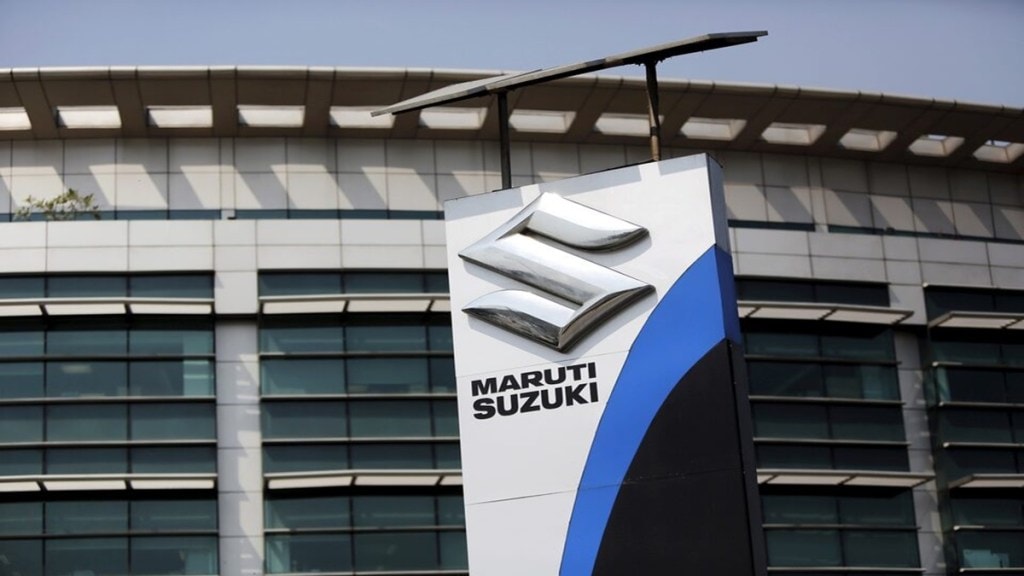Maruti Suzuki’s share price to remain in focus after the company slashed its near-term electric vehicles (EVs) production target for the financial year 2025-26. Maruti Suzuki has cut production targets for the ‘soon-to-debut’ e-Vitara by two-thirds because of rare earths shortages.
According to a document seen by Reuters, the automobile giant plans to make about 8,200 e-Vitaras between April and September, compared to an original target of 26,500. Maruti Suzuki cited “supply constraints” in rare earth materials that are important in making magnets and other components across high-tech industries.
However, the US and China have concluded 20-hour-long trade talks in London. The superpowers have come up with a framework to work on trade. “We have reached a framework to implement the Geneva consensus,” referring to the previous agreement that saw a 90-day suspension of steep tariffs on both sides.
“A disruption lasting beyond a month can impact electric vehicle (EV) launches, affect production and weigh on the sector’s growth momentum,” said CRISIL Ratings in a research note.
On Monday, India’s top carmaker said that it had not seen any impact yet from the supply crisis.
Maruti still plans to meet its output target of 67,000 EVs for the year ending March 2026 by ramping up production in subsequent months, the document said.
The impact is not just limited to India, the carmaker’s parent firm, Suzuki Motor, is also likely to take a hit as India is the biggest market by revenue and a global production hub for EVs. Most of the made-in-India e-Vitaras are exported by Suzuki to Europe and Japan.
Maruti Suzuki’s stock performance
The share price of Maruti Suzuki has risen 2.4% in the last five trading sessions. It has fallen by over a per cent in the past one month. Maruti Suzuki’s stock price has given a return of 11% in the past six months. The stock has traded in a volatile manner, erasing 3% value in the past one year.
Nifty Auto
The Nifty Auto index has fallen 1.6% in the past five trading sessions, and if we look at the performance over 1 year, it has corrected by 5% in the past one year.
